Gallery Network
7 Questions for Swiss Dealer Marc Triebold, Who Predicts Expressionism Is Due for a Comeback Soon
Galerie Henze & Ketterer & Triebold has a long, deep involvement with Ernst Ludwig Kirchner, among others.
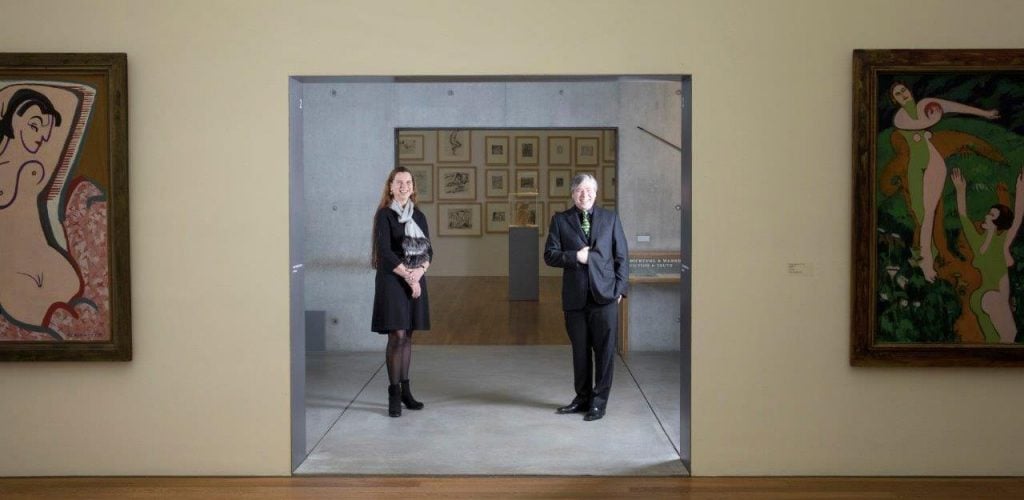
Galerie Henze & Ketterer & Triebold has a long, deep involvement with Ernst Ludwig Kirchner, among others.

Artnet Gallery Network

With locations in Basel and Bern, Switzerland, Galerie Henze & Ketterer & Triebold is a family affair with impressive lineage. Founded in 1946 by art dealer Roman Norbert Ketterer, the gallery is now in its third generation, helmed by Ketterer’s granddaughter Dr. Alexandra Henze Triebold and her husband, Marc Triebold. Together, they are extending the gallery’s longstanding mission of championing Expressionism, including managing the estate and archive of one of the movement’s greatest artists, Ernst Ludwig Kirchner.
Born in Germany, Ketterer spent his entire career advocating for Expressionist artists, whose work was condemned by Nazi Germany and languished without institutional support after the war. With a special affinity for Kirchner, whose estate the gallery has managed since 1954, the legacy of nurturing artistic expression and encouraging creativity is at the heart of Alexandra and Marc Triebold’s mission.
Ahead of presentations at TEFAF in Maastricht and Masterpiece London, Artnet News caught up with Marc Triebold to discuss the importance of mutual trust, how an ill-timed encounter with the legendary dealer-collector Richard Feigen renewed his love of the art world, and the one artwork he thinks just might change your life.
Did you always know you would be involved in the arts? Do you think you have a special responsibility in shepherding the gallery’s legacy and history? What are your guiding principles?
My personal path into the art world was predetermined, as I grew up in a house filled with my parents’ art collection. There were important works by Picasso, Warhol, and Serge Poliakoff in the collection, but overall there was no real central theme.
When they decided to make their passion a profession in 1986 and opened Galerie Triebold in Basel, concentrating on contemporary art from Italy, Spain, and Switzerland, I started to work with them. The collecting bug bit me at the age of about 14, when I bought my first work from a contemporary artist.
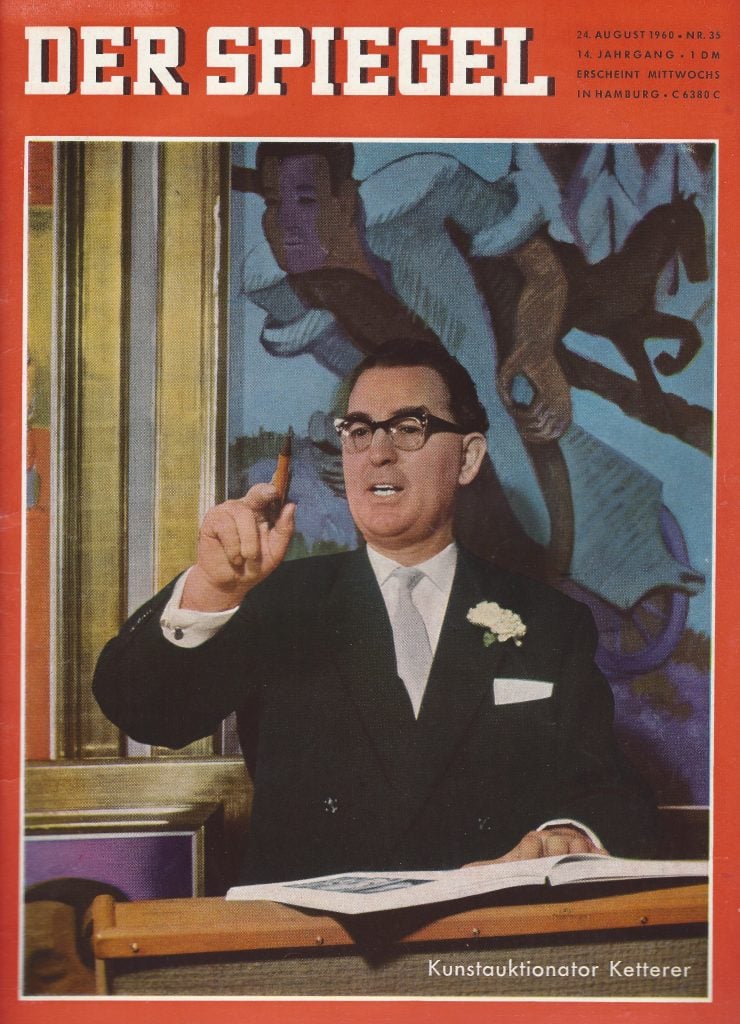
Roman Norbert Ketterer on the cover of Der Spiegel, August 24, 1960, at the height of his career. Courtesy of Galerie Henze & Ketterer & Triebold.
My wife, Alexandra, is the granddaughter of the very important dealer Roman Norbert Ketterer, and her parents had founded Galerie Henze & Ketterer in Campione d’Italia—Alexandra started to spend her pocket money on art even a bit earlier than me! She studied art history and wrote her thesis on Jürgen Brodwolf, an artist who we both happen to know from our earliest childhood and with whom we still collaborate today.
When we finally met and fell in love in 2000, we quickly decided to open our own gallery in Riehen, close to the Fondation Beyeler, in 2001. Working with living artists has always been based on the aim of long-lasting collaboration and the highest possible respect for one another—respect and love are our leading principles.
We like to work fast with maximum transparency, reliability, and seriousness, and to never put time constraints or other pressures on the client. We fully guarantee the immaculate authenticity and provenance of the works we offer and sell. We may not be able to guarantee that an investment in art will enrich you financially in the short term, but we can guarantee that you will significantly increase your quality of life by collecting serious and sustainable works of art.

Ernst Ludwig Kirchner, Totentanz der Mary Wigman (Mary Wigman’s Dance of Death), (1926/1928). Courtesy of Galerie Henze & Ketterer & Triebold.
The gallery works with many artist estates. How have you developed these relationships?
Having been the administrators of the Ernst Ludwig Kirchner estate since the 1950s makes working with other artist estates a bit easier for us. It is necessary that we know all of the legislation and rules that an artist’s estate requires.
Usually, we know the heirs or administrators [of an estate] for many years because it takes time to build mutual confidence between the two sides. In some cases, we actively approach the estates of artists that are important to us personally. The financial profit is never a decisive priority for us, so we are probably really “bad” dealers.
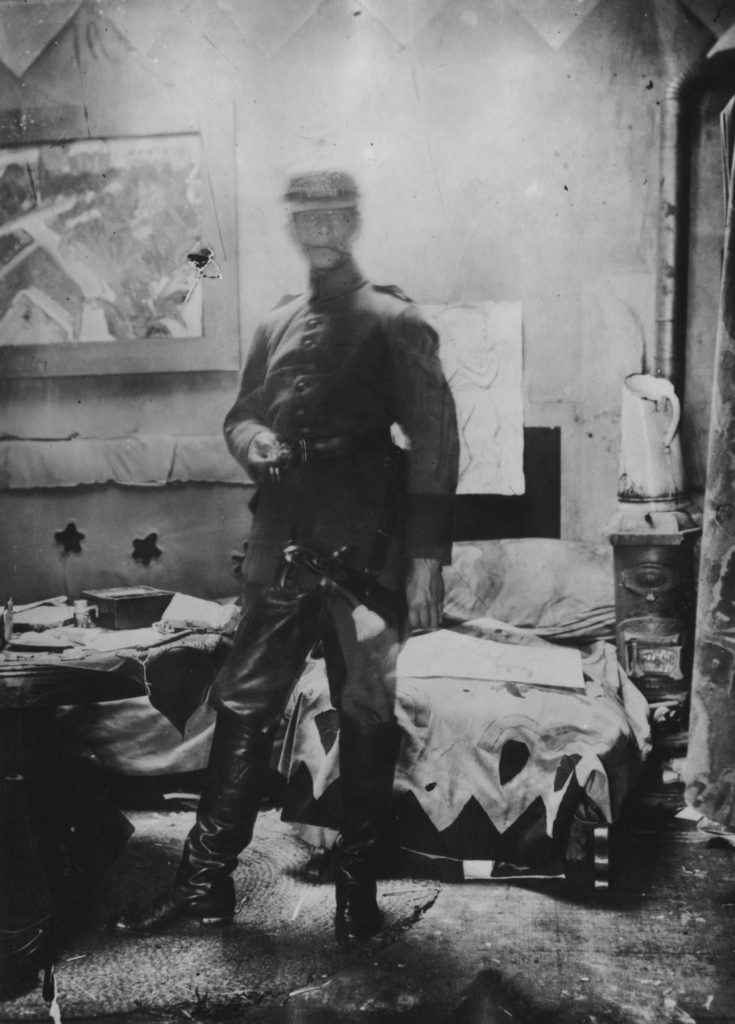
Ernst Ludwig Kirchner, Selbstportät als Soldat, stehend im Atelier (Self-portrait as a soldier standing in his studio in 1915), (1915). Courtesy of Galerie Henze & Ketterer & Triebold.
The Kirchner connection goes back decades. From the artist’s death in 1938 until his partner Erna’s death in 1945, the estate was in her possession. As they had both been German citizens, the estate was (after the end of World War II) not to leave Switzerland, and had been transported to Kunstmuseum Basel for inventory and storage. In 1954 Roman Norbert Ketterer found a legal solution with the Kirchner heirs in Germany, and ever since, both the estate and the archive have been in my wife’s family’s hands. At this present moment Alexandra’s mother, Ingeborg Henze-Ketterer, and her brother Günther Ketterer are the administrators of the estate, but Alexandra also owns a share of it.
Since you started, what have been the biggest changes in the gallery market?
When I started in the mid-1980s, there were very few art advisors—the job title was rather an insult then. Collectors did most of their own research and traveling. To a certain degree this has become the case again, as collectors use digital tools to travel and hunt for new work.
Passionate, collecting art dealers or even dealers who own most of their inventory have become more and more rare. In my opinion, it is much easier to communicate with serious collectors or people who would like to become serious collectors if one is suffering from the same mental problem!
The pandemic has changed our personal art world a lot. Much more business is done through the internet. The truly inspiring moment—of witnessing the first moment of physical contact between collector and work—has unfortunately become a rarity.
The influence of the auction market has grown very fast, and “normal” dealers (excluding the mega-galleries) have more and more difficulty competing. And the prices that are achieved for very young contemporary artists are often completely out of relation to the importance of their work. The Expressionism market is suffering at the moment, but I’m convinced that this will be rectified in a couple of years. I just hope it will not take as long as it did for the Old Masters market to rebound.
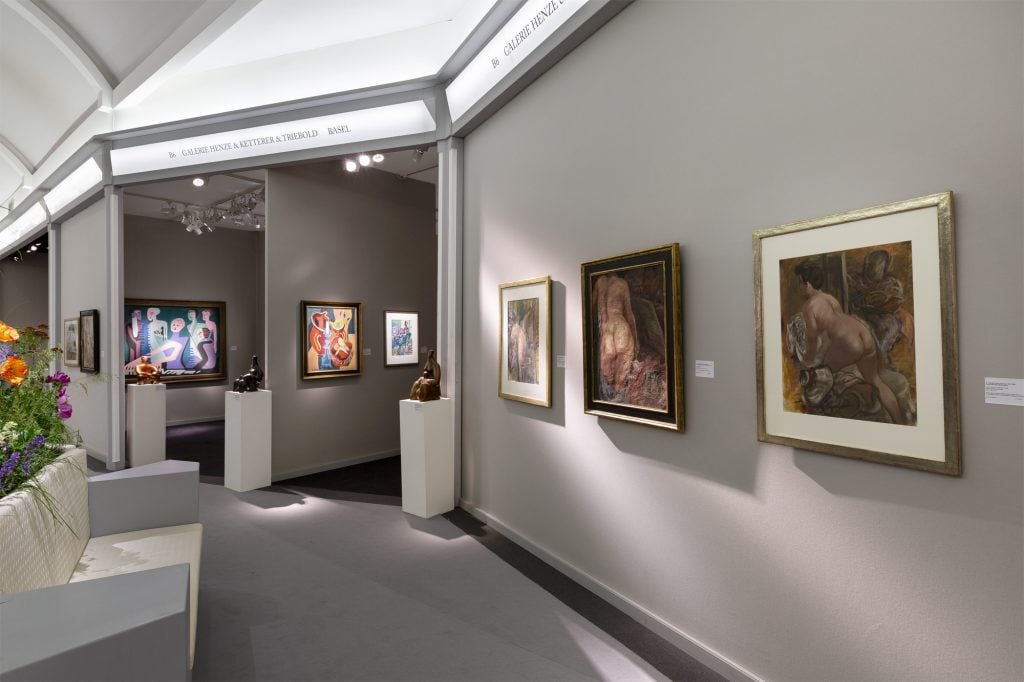
Galerie Henze & Ketterer & Triebold at Masterpiece London in 2019.
What has been your most memorable experience in the art world?
It s difficult to choose just one. We have had the privilege to meet and be on friendly terms with Leo Castelli, Thomas Ammann, Werner Schmalenbach, Ernst Beyeler, Lucio Amelio, Gerhard Reinz, Michael Werner, Achim Moeller, David Tunick, Ebi Kornfeld, and so many more of the great characters of our business, but also with many great artists.
One funny situation that comes to mind first was when I was standing on a ladder at Tefaf Maastricht during the installation of our stand, adjusting the lights, when a very elegant gentleman entered the stand and asked me about details concerning an important Beckmann painting that had been in Roman Norbert Ketterer’s collection—and that I actually didn’t really want to sell.
There I was on my ladder, sweating, dirty with my shirt half out of my trousers; I just wanted to finish the installation work, so I replied a bit abruptly that Ketterer had had 14 Beckmann paintings in his collection, and inquired which one the gentleman was referring to. He responded that he himself owned 13 Beckmanns and that his name was Richard Feigen.
I can’t tell you how fast I was off my ladder! I felt deeply ashamed for the state I was in and my incorrect behavior, but Feigen had a big grin in his face, and thereafter I had the joy to spend a most pleasant and exciting hour with him, during which I learned so much about his burning passion for Beckmann.
What a sad loss for the art world that he is here no more.
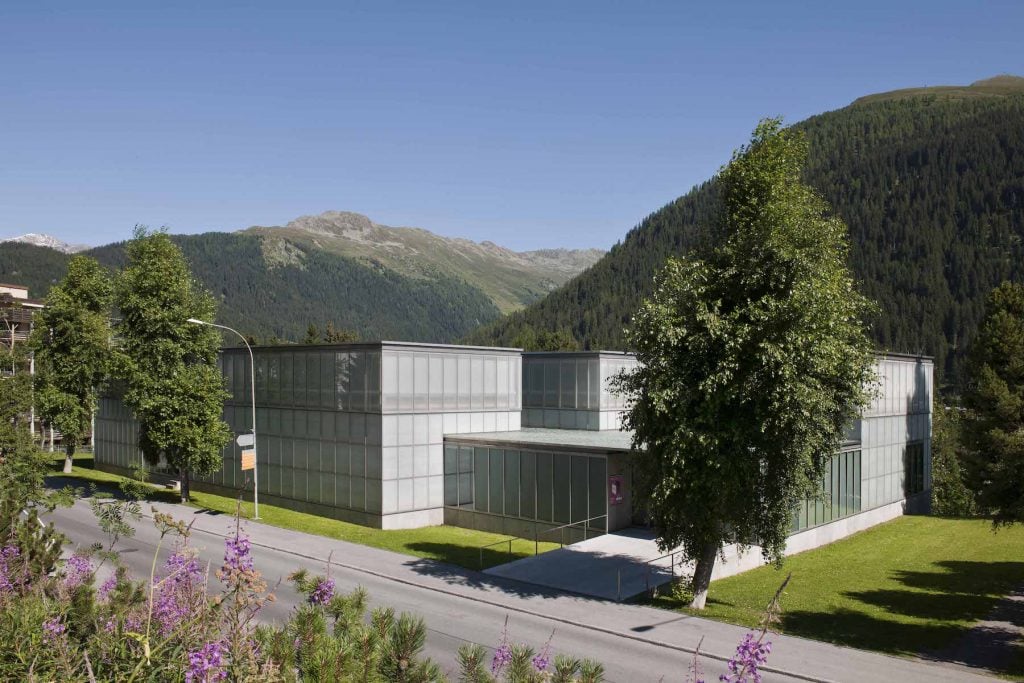
The Kirchner Museum Davos. Photo: Frank Kleinbach Stuttgart.
Over the years, were there any artworks that were particularly hard to part with? Why?
In this regard I’m purely Swiss, and therefore a capitalist when it comes to works in the gallery’s inventory. We have had the honor and the privilege of accompanying many works for a certain period, and if we can find the right new home for them, we have done our work and are happy. But I must admit, there are a couple of works that I have hidden well in our storeroom to protect them!
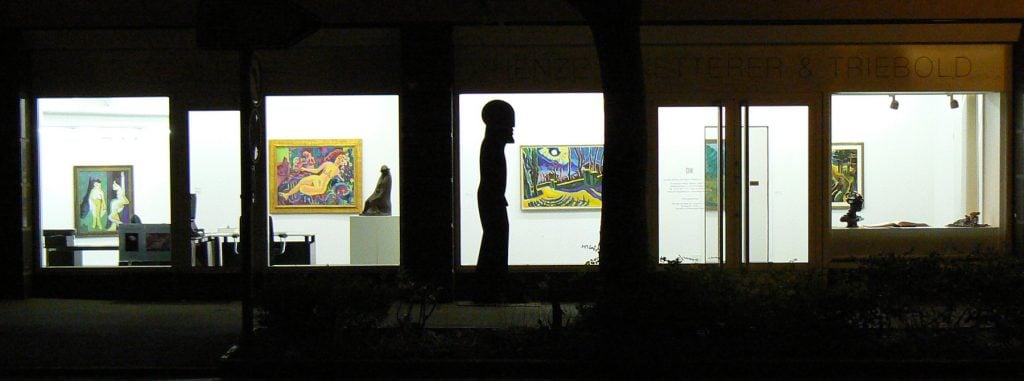
A view of the Basel location of Galerie Henze & Ketterer & Triebold at night.
What is the best advice you could give a young or new collector?
Buy with your heart first and not with your wallet. You are the one who will live with the work of art. But also use your brains! Read as much as you can about the artists you might want in your collection. Ask as many questions as possible, and you will soon find if the dealer has a clue.
Always insist on the highest possible level of transparency, testified authenticity, gapless provenance, clearly documented condition regarding the works you are interested in—and on good manners. If any of these points are in doubt, hands off!
Don’t hesitate to ask for references, check the internet for any negative experiences, and verify that the dealer you have contacted has access to the work you are inquiring about. Be careful, there’s really a lot of fraud going on through the web lately.
What would be doing if you weren’t an art dealer? If you could own any artwork, what would it be and why?
I would have become a professional hunter in Africa or a conservationist in Nepal, probably.
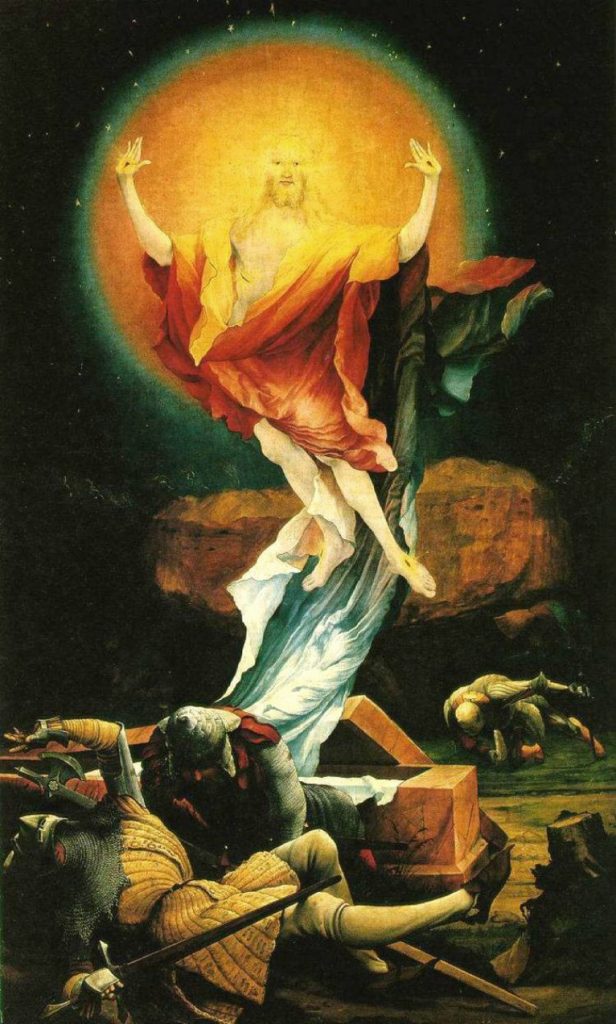
Matthias Grünewald, Isenheimer Altar—Resurrection of Christ (1510–15). Courtesy of the Musee d’Unterlinden in Colmar.
As for a work to own, it would probably be the Isenheim Altarpiece by Matthias Grünewald and Nikolaus of Haguenau (created 1512-1516), located in Musée Unterlinden, Colmar.
If you have never seen it in situ, please take the time to travel to Colmar next time you are in Basel and just sit in front of it for an hour. It might change your life or your approach to art.
